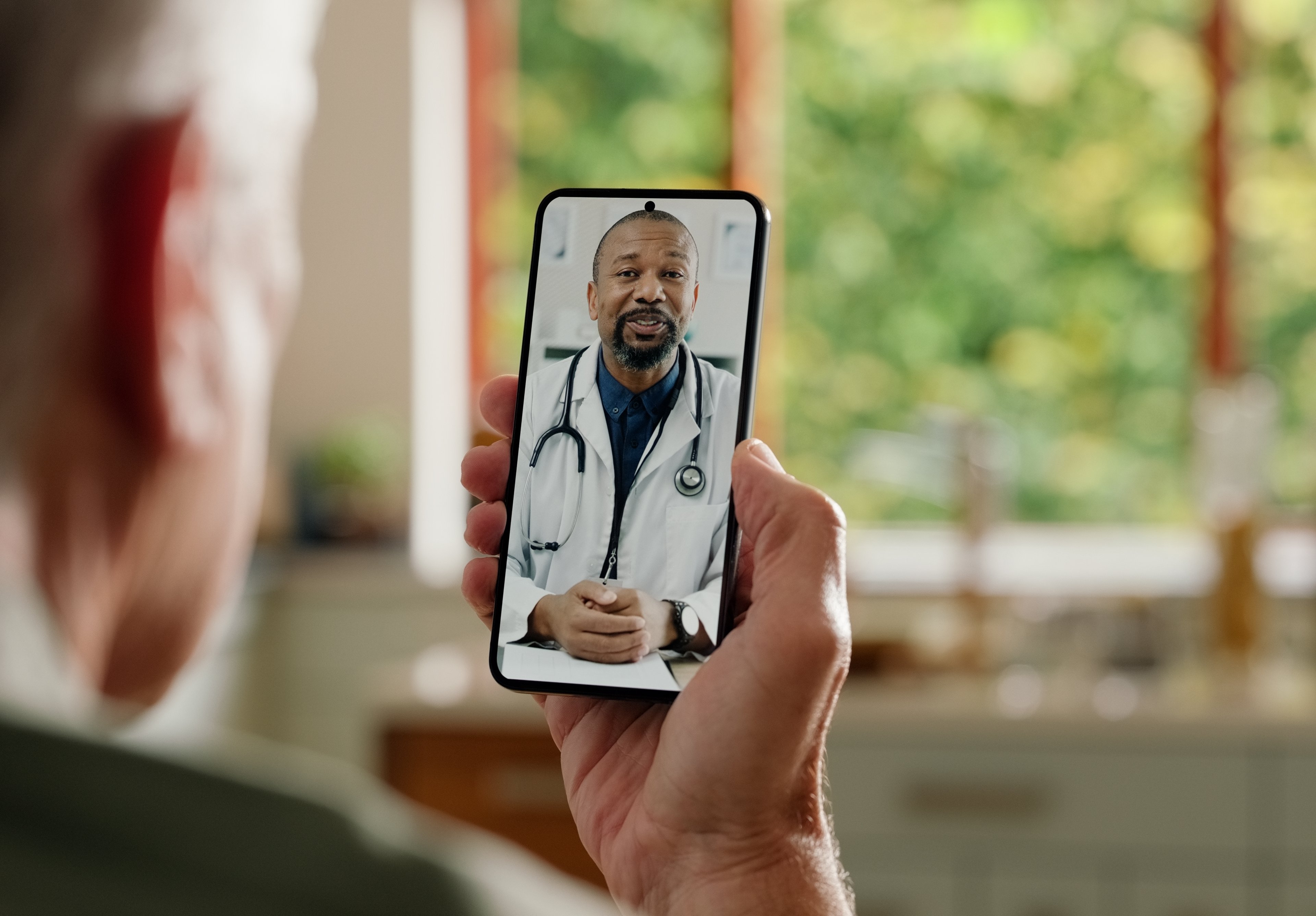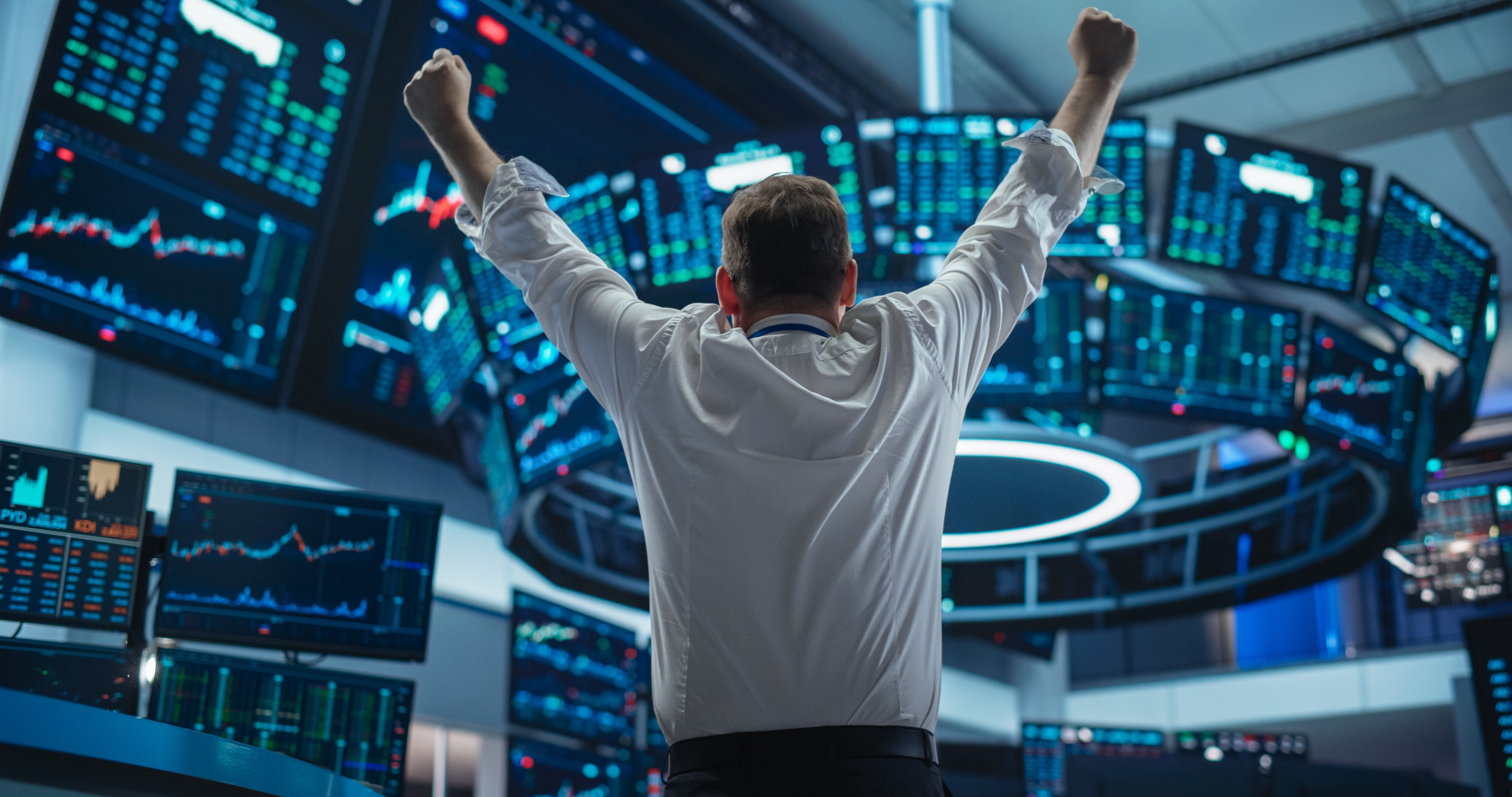You probably wouldn't care too much if your neighbor bought 1,000 lottery tickets that didn't win. But it might be a different story if his bet cost you money, too.
There's another bet being made right now that hasn't paid off significantly. In this case, it's big pharma that's putting a lot of money on the line -- at least $30 billion so far. But big pharma companies haven't come close to making good on the big bet yet. And it's costing you.

Image source: Getty Images.
Big pharma's big bet
What's this big bet being made by big pharma? Biosimilars.
To understand what biosimilars are, it's first important to know what biologic drugs (also called biologics) are. Biologics are large-molecule drugs manufactured within a living organism. A biosimilar is a biologic so similar to an already-approved biologic drug that it produces the same medical result in a patient as the approved reference drug does.
Biosimilars reached the European market in 2007. The U.S., though, didn't allow biosimilar drugs until the Biologics Price Competition and Innovation Act (BPCIA) of 2009, which was tucked into Obamacare, went into effect until 2010.
Big drugmakers jumped at the opportunity to develop biosimilars. Novartis' (NVS +0.16%) Sandoz unit quickly became a leader in the European biosimilar market. Amgen (AMGN +0.11%) cranked up a significant biosimilar development program. Pfizer (PFE +0.25%) partnered with South Korean biosimilar maker Celltrion and also acquired Hospira in 2015 for close to $17 billion, gaining a promising biosimilar portfolio. Merck licensed biosimilars from another South Korean biosimilar developer, Samsung Bioepis; Biogen went even further by buying a large stake in the company. And many more companies entered the market.
The biosimilar rush made sense. Big pharma companies had already seen how generic drugs transformed the pharmaceutical market, growing to nearly 90% of total prescriptions filled, while accounting for less than 30% of total drug costs.
They also knew that the big money was being made by blockbuster biologic drugs. Last year, for example, four of the five best-selling drugs in the world were biologics. AbbVie's (ABBV 0.29%) Humira led the way, with sales of over $18 billion.
Unimpressive track record
So how has big pharma's big bet paid off so far? The track record has been unimpressive, especially in the U.S.
As of October 2018, there are 12 biosimilars approved in the U.S. Three of those biosimilars gained approval between May and July of 2018. Another four won approval in the second half of 2017. It wouldn't be that useful to look at sales figures of these biosimilar drugs, since they're still relatively new to the market. But what about the others?
The Food and Drug Administration approved Novartis' Zarxio, a biosimilar to Amgen's Neupogen, in March 2015. One year after Zarxio's U.S. launch, Chris Raymond, then an analyst at Raymond James, said that the biosimilar's sales had not "lit the world on fire."
Novartis doesn't report detailed revenue for each of its biosimilars. However, in 2016 the company's total global revenue from biosimilars -- Omnitrope, Binocrit, Glatopa, and Zarzio outside the U.S., along with Zarxio and Enbrel biosimilar Erelzi in the U.S. -- was roughly $1 billion. That total rose to $1.1 billion in 2017.
Pfizer does provide revenue information about its biosimilar drugs, although not specifically for U.S. sales. Inflectra and Remsima, biosimilars to Johnson & Johnson's (JNJ +0.75%) Remicade, made $30 million in 2015, $192 million in 2016, and $419 million worldwide last year.
Amgen's Amjevita, a biosimilar to top-selling Humira, gained FDA approval in September 2016. Through the third quarter of 2018, Amjevita generated sales totaling...$0.
Merck won FDA approval in May 2017 for Renflexis, another biosimilar to Remicade. However, the big drugmaker hasn't provided sales figures for Renflexis in its annual and quarterly reports since then. In fact, Merck hasn't even mentioned the biosimilar in its reports.

Image source: Getty Images.
What's the problem?
The biggest issue for biosimilars is that the process for approval has been painfully slow. Although biosimilars were technically allowed in the U.S. after Obamacare went into effect in early 2010, it took a couple of years for the FDA to finalize its approval process. And then only a trickle of biosimilars were approved in the U.S. -- one in 2015, three in 2016, five in 2017, and three so far this year.
But this sluggishness doesn't explain why sales of biosimilars haven't soared. The primary reason why this is the case comes down to competitive tactics used by the companies with the best-selling biologic drugs.
For example, there's a simple reason why Amgen hadn't made any money from Amjevita as of Q3 of this year: The company entered into a deal with AbbVie to delay the launch of the biosimilar. Amjevita didn't go on sale in Europe until October 2018, and won't hit the U.S. market until 2023.
Some of Humira's key patents have expired, but AbbVie has built a solid wall of other patents for its top drug. Biosimilar makers have found it tough to penetrate that intellectual-property wall; instead, they've compromised with AbbVie.
Johnson & Johnson has taken a different approach to defend its top-selling drug, Remicade: The healthcare giant made deals with insurers and hospitals to preserve Remicade's market share. This strategy resulted in Pfizer filing a lawsuit against J&J, accusing the company of using anticompetitive practices to keep Inflectra from patients.
There are other issues as well. While payers often push patients to use generic versions of branded drugs, they haven't been as willing to promote biosimilars. Physicians and patients have also become familiar with top biologic drugs, and aren't motivated to change to biosimilars.
Paying the price
Big pharma companies that have developed biosimilars aren't seeing huge returns on their investments yet, as a result of these various problems. But don't shed any tears for them -- several companies also win by keeping biosimilars at bay.
Amgen, for example, had to wait to make money for Amjevita. At the same time, the company was fending off biosimilar competition for several of its top products, including fighting Novartis in court over a biosimilar rival to Enbrel.
Pfizer took J&J to court in hopes of boosting sales of Inflectra. However, Pfizer also has been hurt by biosimilar competition for Enbrel, which it markets outside of the U.S. and Canada.
In a real sense, the price for big pharma's big bet on biosimilars is being paid by you. If you take a biologic for which a biosimilar has been approved, you could be spending more on co-pays than you need to. If your insurance company isn't actively promoting biosimilar usage, your premiums are probably higher than they could be. And, assuming you pay taxes, you're footing part of the bill for Medicare and Medicaid to cover the high costs of biologic drugs that have less expensive biosimilars.
The story isn't over
But while big pharma's investment in biosimilars hasn't paid off in a major way yet, the story is far from over. Market research company EvaluatePharma says that there's "an arguably underestimated threat from biosimilars" for drugmakers. It's only a matter of time before many of the current top biologics lose significant market share to biosimilar rivals.
EvaluatePharma thinks that Amgen's biosimilars in development represent 60% of the biotech's total pipeline value, and estimates that Pfizer's biosimilars reflect 39% of the company's total pipeline value. The biosimilar bet for these big pharma companies and others could yield nice returns in the not-too-distant future.
The payoff for biosimilar developers might be slower than desired, but it could be on the way. Investors shouldn't ignore the opportunities that lie ahead with the changing dynamics in the landscape of biologics and biosimilars.
Over time, biosimilars could also deliver on their promise of lowering overall prescription-drug costs. If so, every American could win from big pharma's big bet.






